How to lose 120 million yen with frost delays
I’m bombarded at this time of year with reminders, notices, descriptions, and articles telling me about the importance of frost delays. Apparently, frost delays are essential for the health of the turf. Allow play on frozen or frosted turf, and the leaves will turn brown and start to die. In a worst case scenario, recovery from the damage could take months.
This is a story about something completely different. How about no frost delays at all, and removal of snow by any possible method so the course can remain open? That’s the approach used at well over 1,000 golf courses in Japan. I guess there are about 600 courses that are at such a high elevation or are so far north that they close for the winter; at the remaining courses, golf is a year round sport.
I will admit, I was terrified to allow play on frosted turf when I was a superintendent in Japan. I’m sure I protested, explained how much the grass would be damaged, said I would not take responsibility for the damage, and so on. But much to my surprise, the damage was negligible and temporary.
I wrote about how temporary the damage is in this post about winter traffic on frozen bentgrass. As a follow-up to that, I was asked if it mattered if it was a leaf frost or a ground frost. I said I didn’t know, but I would look up the temperatures from that winter and share some more details of my experience.
Here’s the story.
This was at Habu CC in Chiba prefecture. The greens were Penncross creeping bentgrass, the tees and fairways were Tifway 419 bermudagrass overseeded with perennial ryegrass, and the roughs were noshiba (Zoysia japonica).
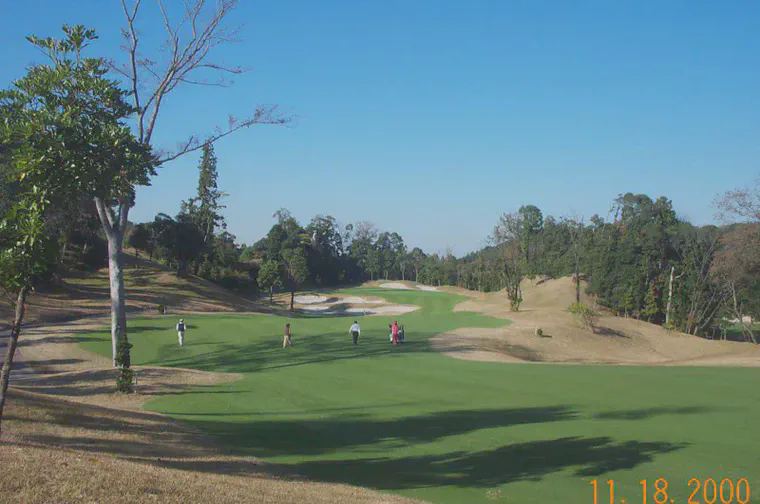
The course is at an elevation of 120 m. I downloaded the daily temperature data for the winter of 2000/2001 from the nearby JMA Sakahata weather station, which is also at 120 m. I think these temperatures are similar to those at the golf course.
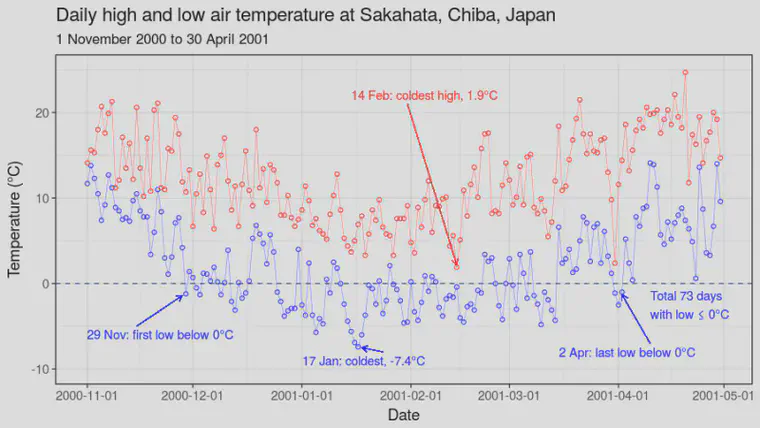
From 29 November 2000 until 2 April 2001 there were 73 days with a low of 0°C or below. I think frost can form on the leaves even when the air temperature is above 0°C, but I’ll stick with 73 days as an estimate of mornings with frozen or frosty turf.
In Japan, it is customary to do a two tee start, with tee times at 7 minute intervals, the golfers stopping for a meal at the clubhouse before starting their second nine. At Habu, there were about 3,000 rounds per month in the coldest months of that winter – maybe more – and 4,000 to 5,000 rounds per month in November, March, and April.
I wanted to implement frost delays, but it was impossible. The golfers wanted to play, and the owner wanted to accept their money. Let’s say for each of those 73 days with frozen or frosted turf, we did not allow the golfers to play for 2 hours in the morning. That’s 2 hours of tee times off 2 tees, on 7 minute intervals, which comes to 137 golfers. Let’s say the green fee was 12,000 yen. And let’s lose those customers for 73 days. 137 times 12,000 times 73 = 120,000,000 yen. That’s about a million USD. The only days we had to close were when we could not clear the snow. But we were trying everything possible to clear it. That’s some serious money.
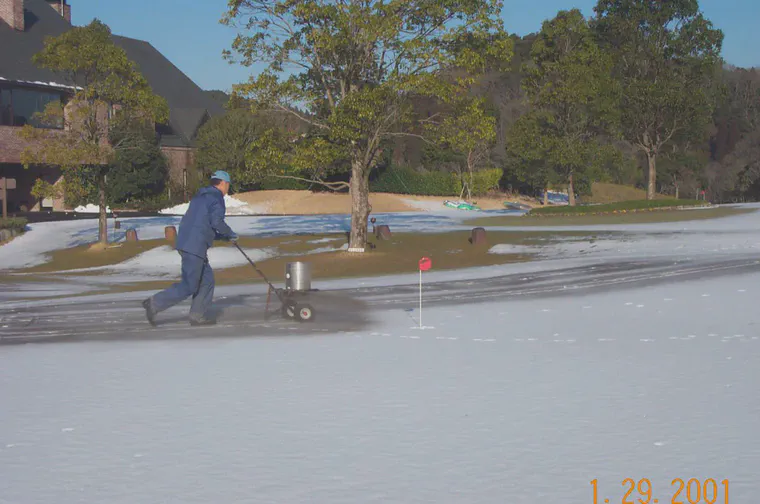
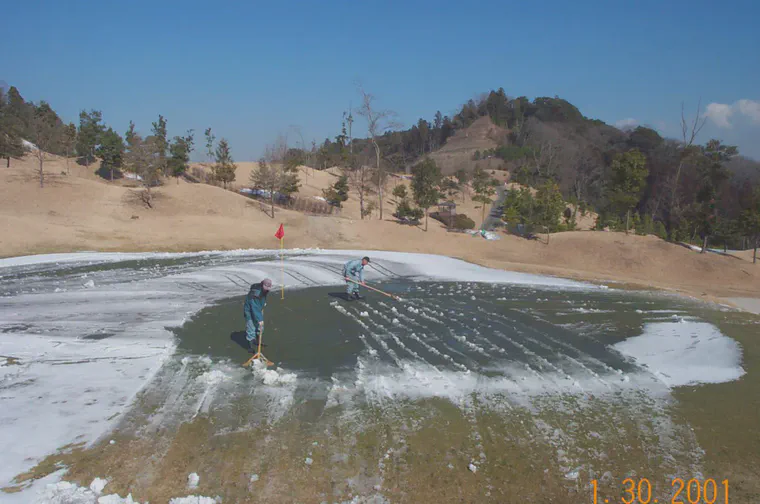
So how about the grass? How much damage was there? On the tees and fairways, the damage was negligible. Of course traffic on slow-growing turf is going to beat it up a little bit. I did not notice that the traffic on frost or frozen ground added to that.
On the greens I was really worried. Courses with more staff would typically put covers out on the greens, at least over the area where the day’s hole location would be. We did that as much as we could, but we could not cover all the greens, or even cover all of a single green, with the limited covers and staff that we had.
I’ve looked through old photos. The putting green got a lot of traffic every morning. Pretty ugly.
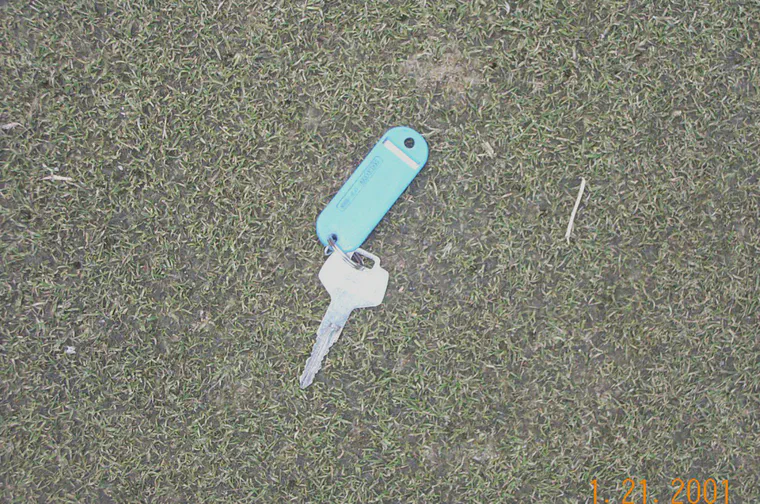
This, in February, is the worst spot on the 11th green, which was shaded until mid-morning in winter.
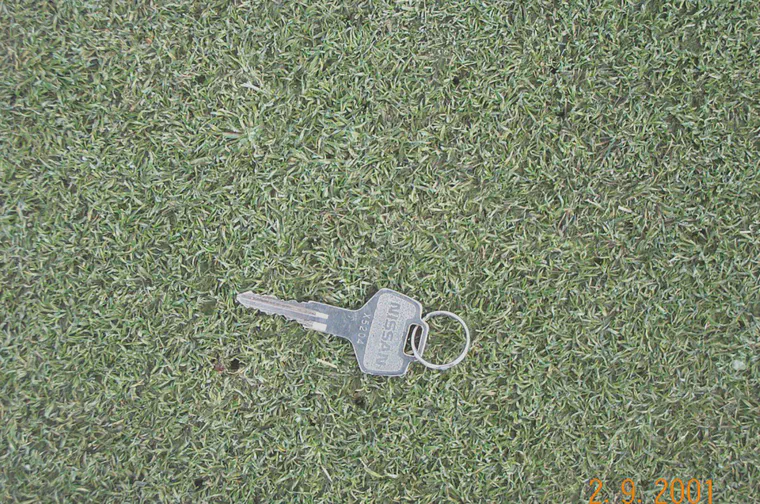
That was as bad as it got. By March, even though frosts were still happening, the grass filled in. The damage had not been nearly as bad as I’d expected.
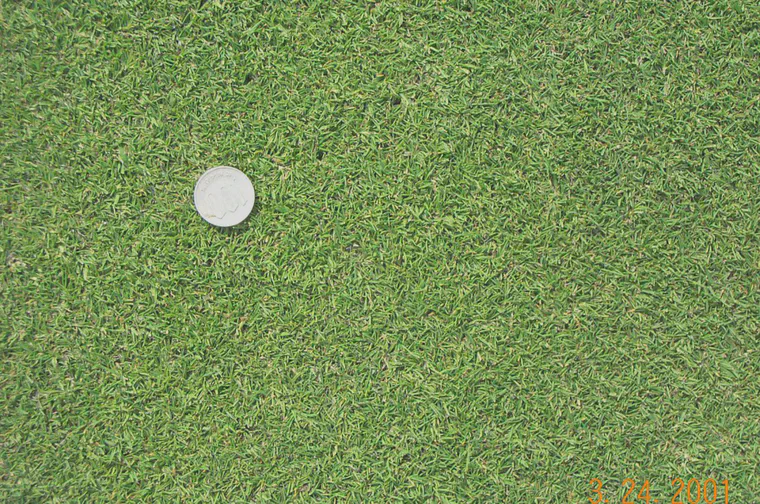
But winter still wasn’t over.
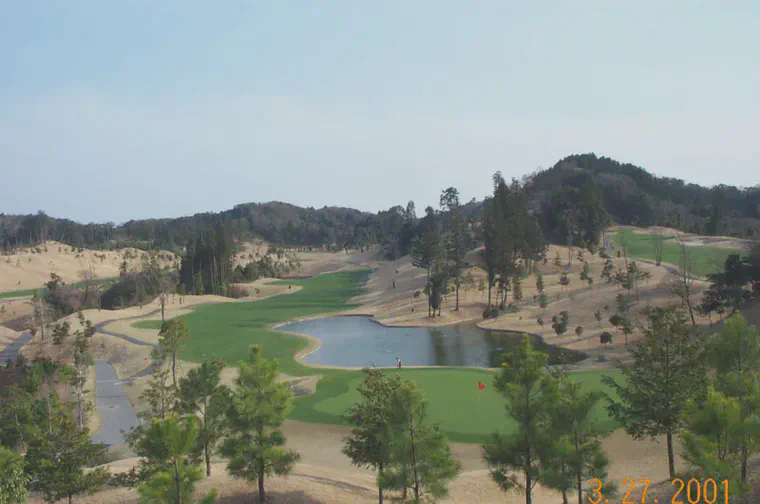
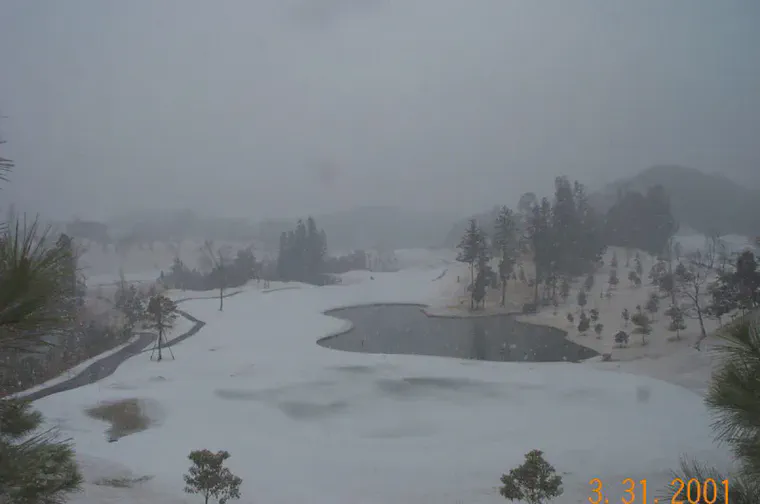
By April, there wasn’t a hint of damage from all the traffic. No grass was dead, any thin spots were gone, and the grass was growing like crazy.
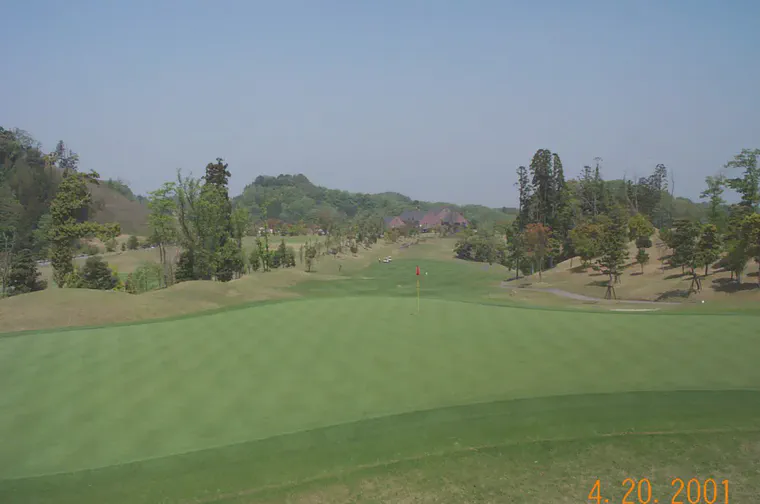
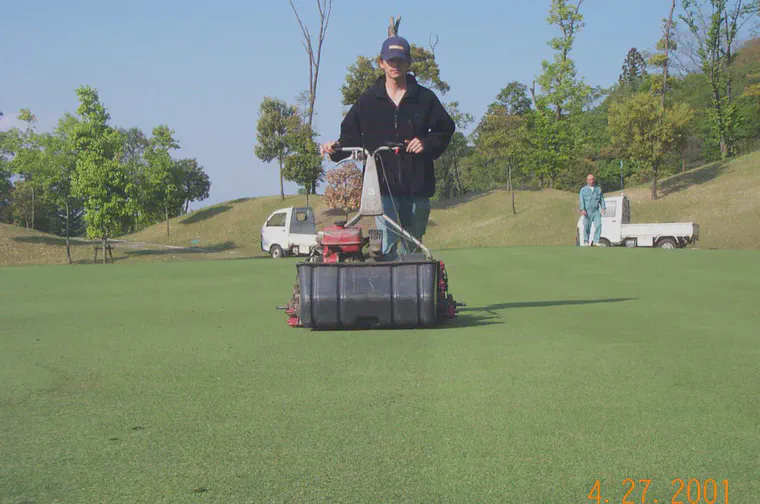
I’m not sure there’s a moral to this story, other than one must do what is in the best interest of the facility. In the case of Habu CC that winter, it was best to have customers playing the golf course.